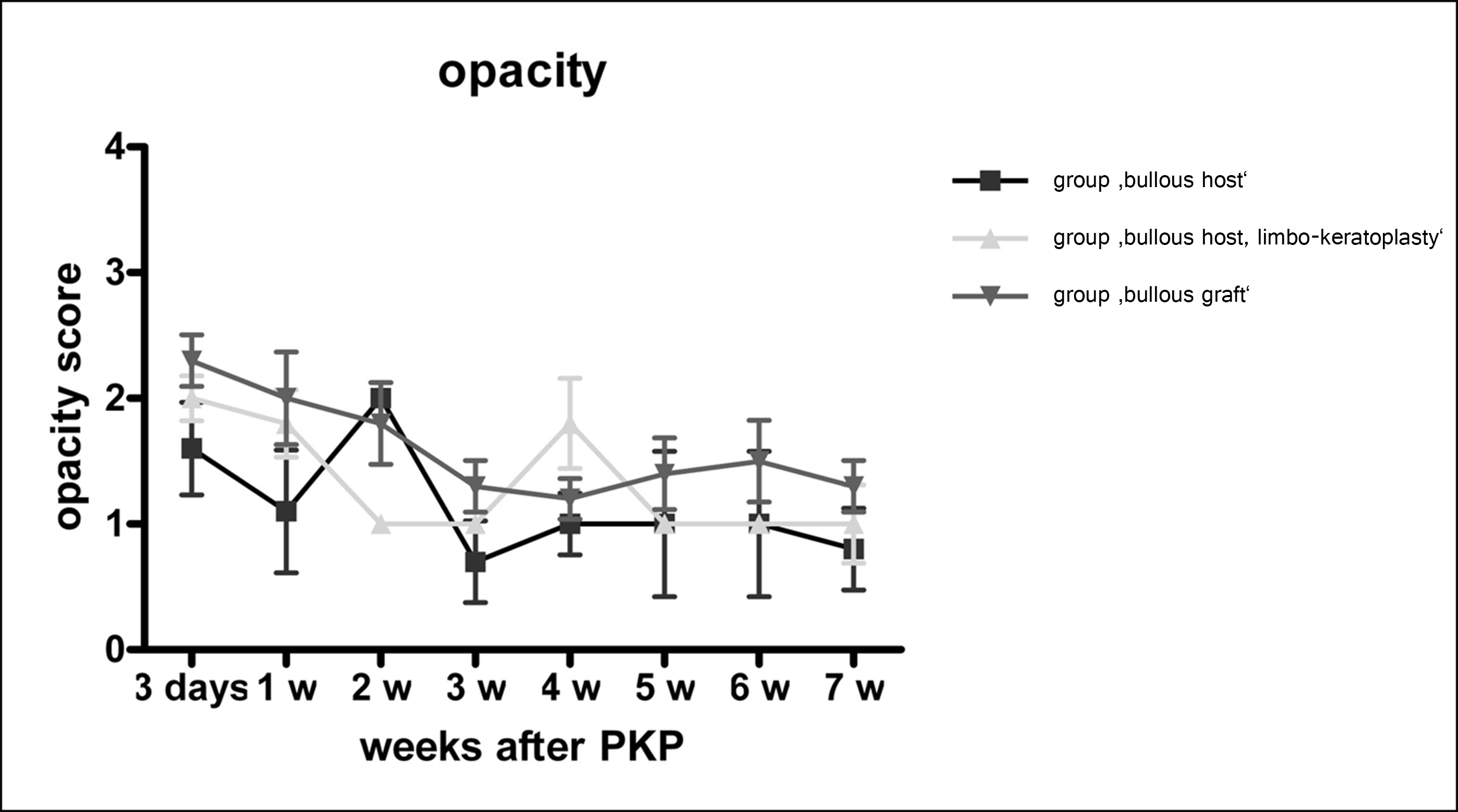Figure 2. Opacity: Clinical follow-up of all animals. Animals with benzalkonium chloride (BAK)-damaged corneas were used for (1) donating
a corneal graft with a greatly reduced endothelial cell layer, which was transplanted to a healthy recipient (group ‘bullous
graft’, n=6), and (2) serving as a recipient with bullous keratopathy that received a healthy graft (group ‘bullous host’,
n=6). A subgroup of the bullous host group received a healthy graft including a limbal portion (group ‘bullous host, limbo-keratoplasty’,
n=5). Animals were followed clinically for 7 weeks for opacity of the graft. Opacity score: 0: completely transparent corneal
graft; 1: slight corneal graft opacity, but details of iris vessel clearly visible; 2: moderate corneal graft opacity, iris
vessels still visible; 3: strong corneal graft opacity, only pupil margin visible; 4: complete corneal graft opacity, pupil
not visible. Shown: mean±standard deviation.

 Figure 2 of
Bredow, Mol Vis 2014; 20:683-690.
Figure 2 of
Bredow, Mol Vis 2014; 20:683-690.  Figure 2 of
Bredow, Mol Vis 2014; 20:683-690.
Figure 2 of
Bredow, Mol Vis 2014; 20:683-690. 